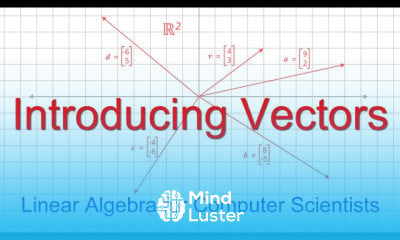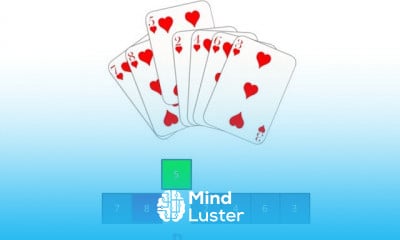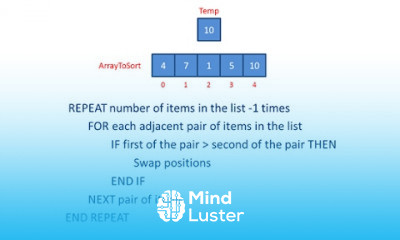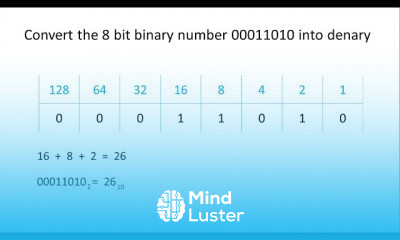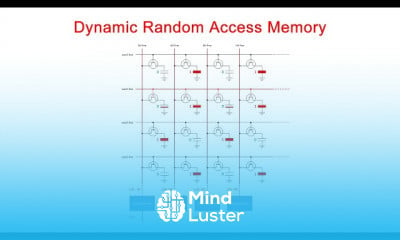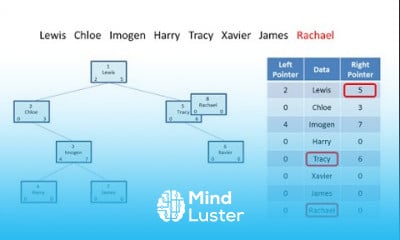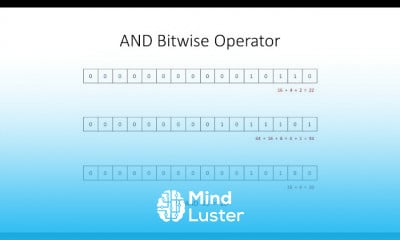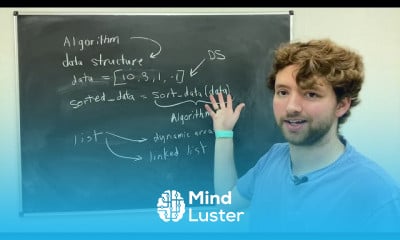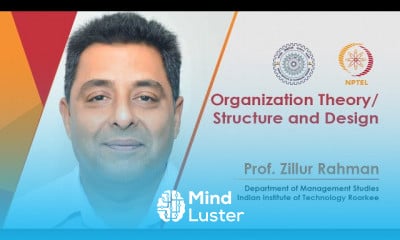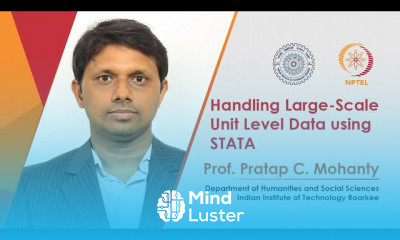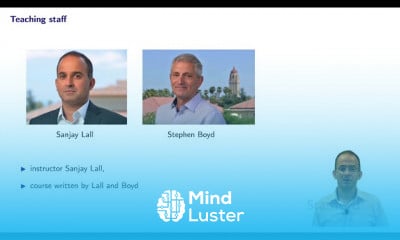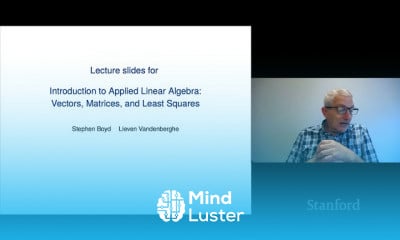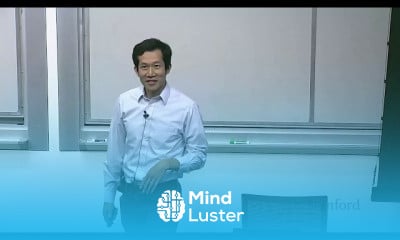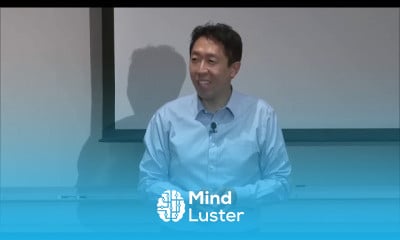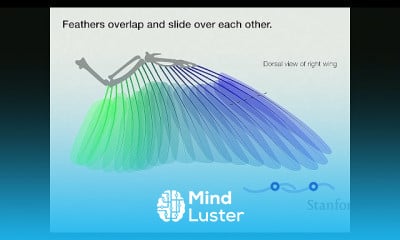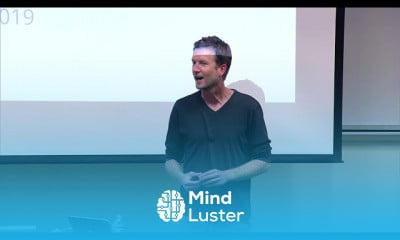Sensors and Actuators in IOT devices
Share your inquiries now with community members
Click Here
Sign up Now
Lesson extensions
Lessons List | 18
Lesson
Comments
Related Courses in Computer Science
Course Description
IoT communication models course,
in this course we will learn about the IoT communication models, essential frameworks that define how devices in the Internet of Things (IoT) ecosystem interact and exchange data. IoT communication models are the backbone of any IoT system, enabling seamless connectivity and data flow between devices, gateways, and cloud platforms. We will explore various communication models, starting with Device-to-Device Communication, where devices communicate directly with each other, ideal for local interactions and fast response times.
Next, we will delve into Device-to-Cloud Communication, where devices connect to cloud services to send and receive data, allowing for extensive data storage, processing, and advanced analytics. We'll also cover Device-to-Gateway Communication, where a gateway device acts as an intermediary, aggregating and preprocessing data before sending it to the cloud or another network, enhancing data security and reducing bandwidth usage.
Additionally, we will examine Back-End Data Sharing, which involves sharing data between different backend systems and applications, facilitating comprehensive data analysis and integration. You will learn about various communication protocols used in IoT, such as MQTT, CoAP, HTTP, and WebSocket, each suited for different scenarios and requirements.
Trends
Speak english fluently with confidence
MS Excel
Build E Commerce website using HTML
Learning English Speaking
Generative AI tools for 2024
Building a chatbot with Python
Python machine learning for beginners
Cybersecurity fundamentals A Z
Python programming fundamentals A Z
Content marketing for beginners
Creating YouTube videos for beginners
Ethical Hacking
Python programming language
Phrasal Verbs in daily conversations
Marketing basics for beginners
Using ChatGPT for excel
Design Thinking
Tools and toolbar in Photoshop for beginners
Data Science with Python for beginners
Python Programming | Edureka
Recent
Arabic numbers for beginners
Rating arabic handwriting techniques
Form verbal sentences in arabic
Arabic sentence structure for beginners
Phrasal Verbs in daily conversations
Speak english fluently with confidence
Rules for plural forms of irregular nouns
English slang dictionary for fluency
English idioms for everyday conversations
Native english vocabulary for fluency
Teach reading with Phonics for beginners
English speaking confidence techniques
Business english communication skills
American english conversation for beginners
Advanced english listening and vocabulary
English prepositions for beginners
Improve english Pronunciation for beginners
PGP in data science and engineering
Building a chatbot with Python
Python programming fundamentals A Z



